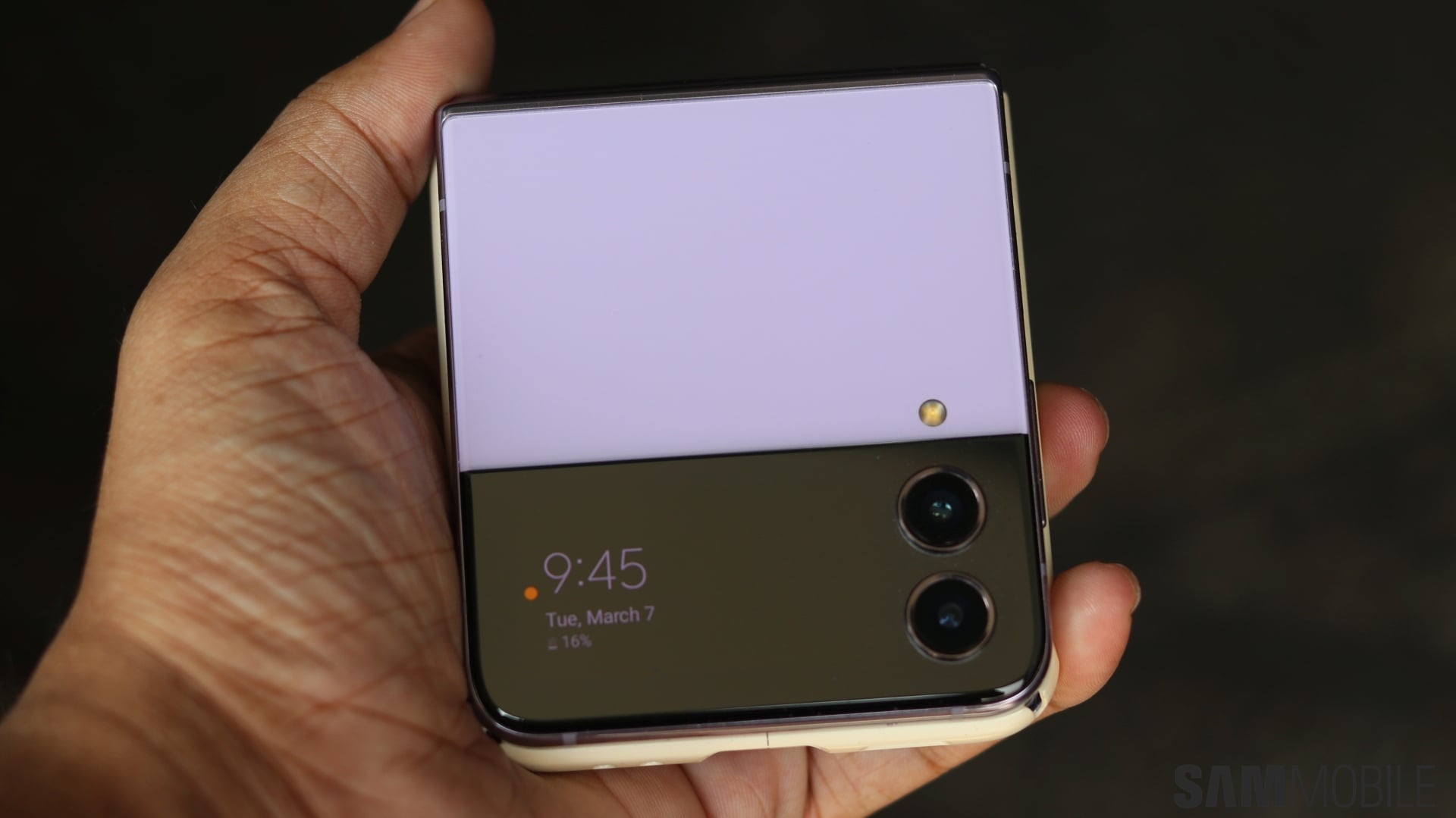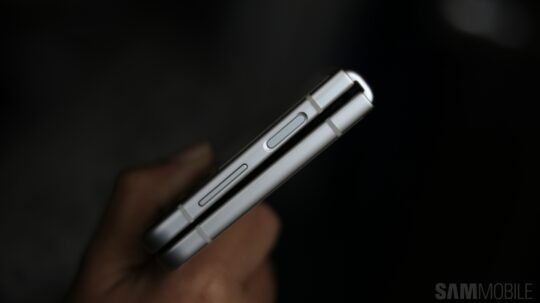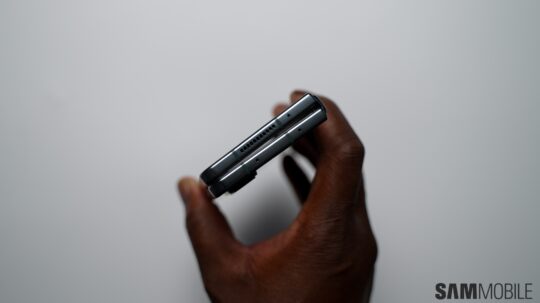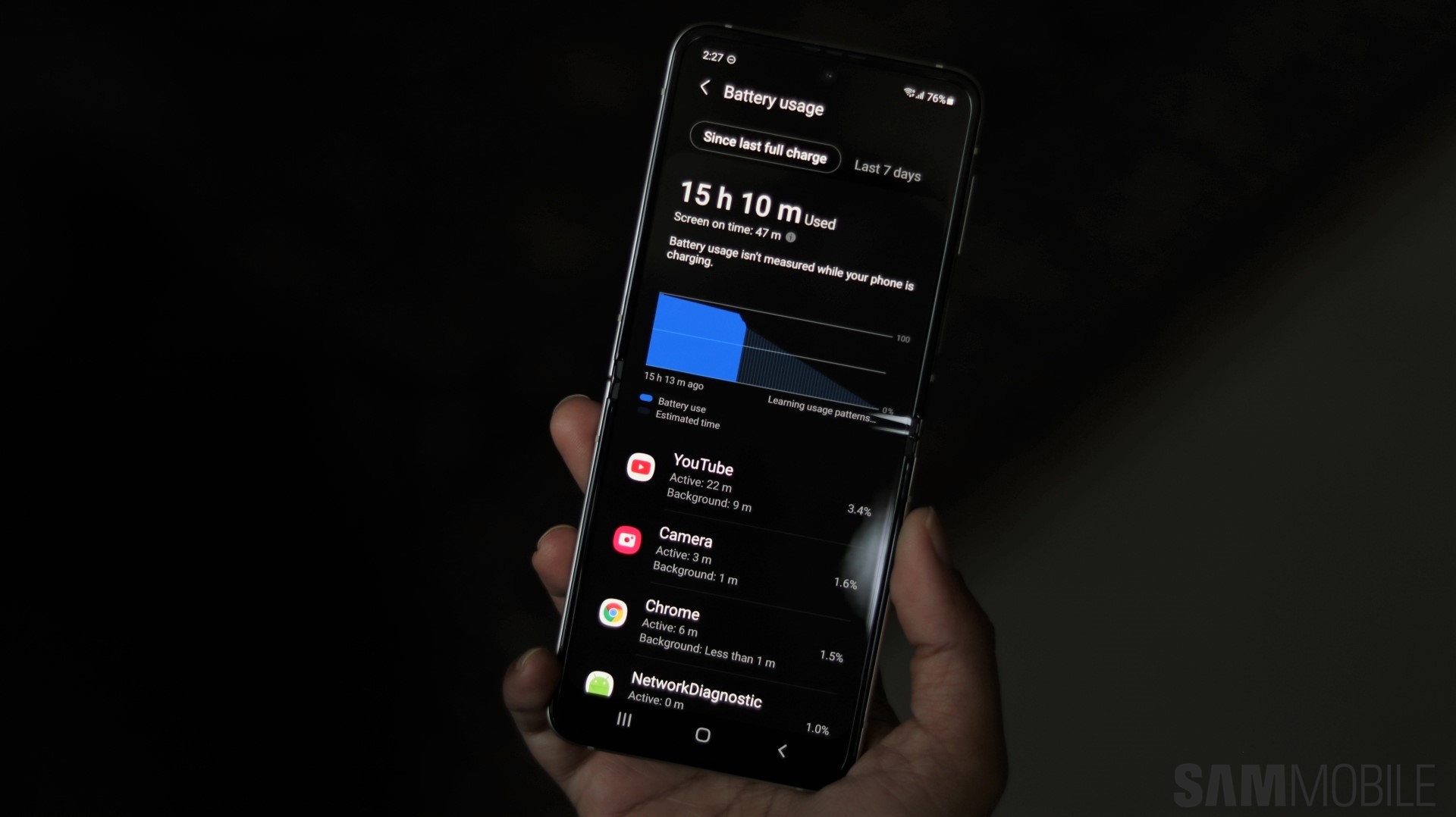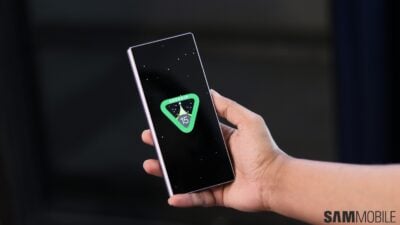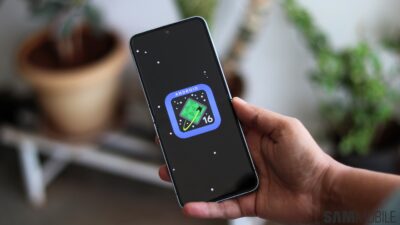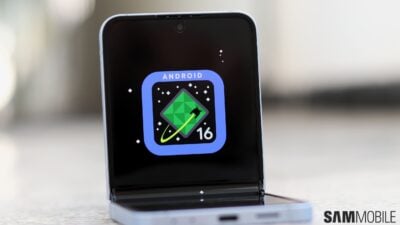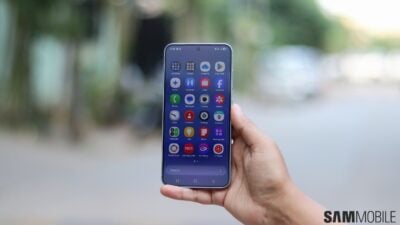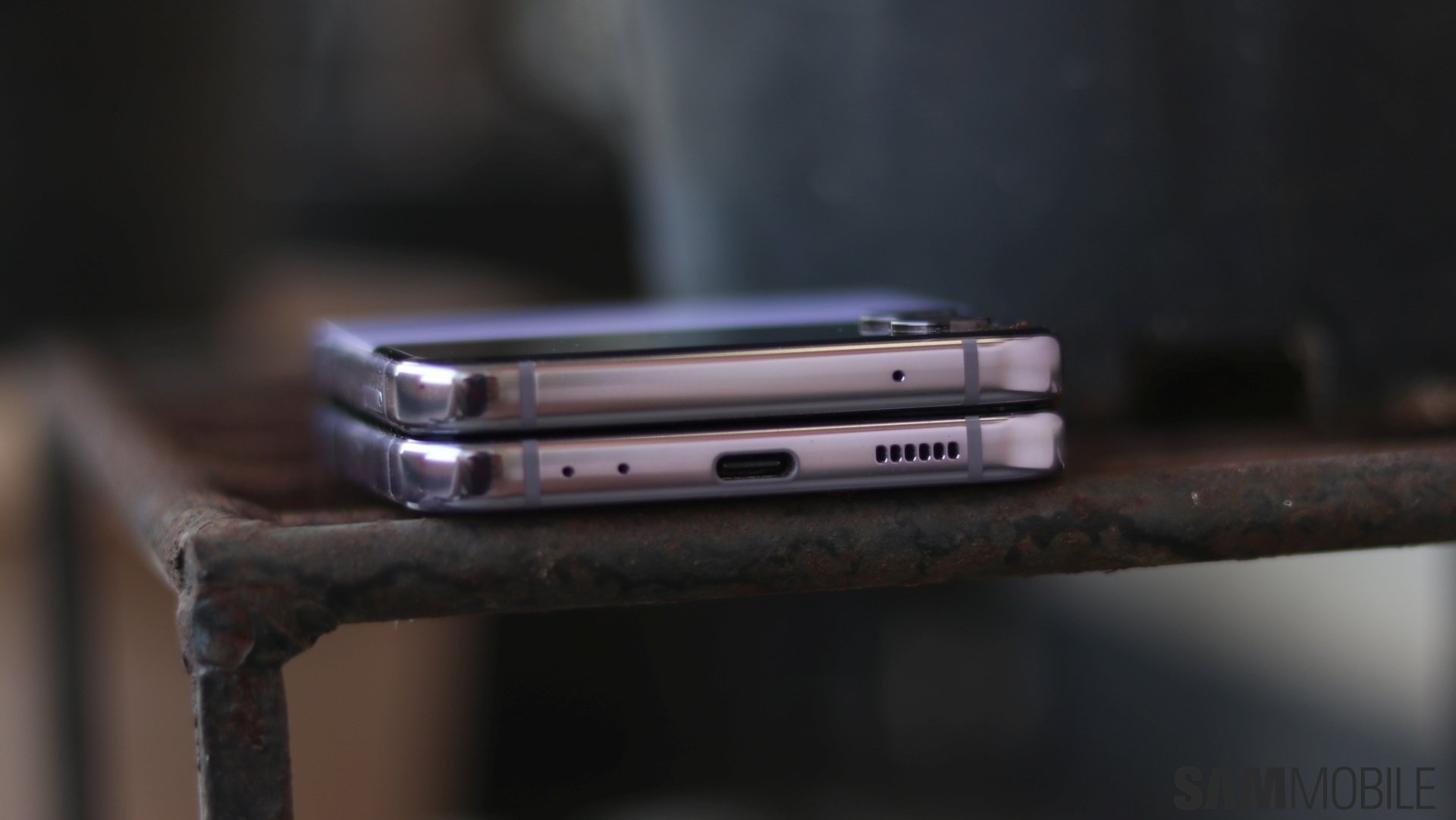
For some reason, though, I like the Galaxy Z Flip line, even though the number of features it lacks compared to Samsung's candybar high-end phones is considerably higher than the Galaxy Z Fold lineup.
Galaxy Z Flip devices don't have zoom cameras, the cameras they do have aren't as great as the ones on Samsung's flagship phones, and their battery life is undependable. They also miss at least one software feature that comes in quite handy at times, and that's Samsung Dex, which gives you a desktop environment to work with over either screen mirroring on a TV or a PC or through a dedicated dock that has HDMI and a couple of USB ports.
Now, it's not surprising that the Galaxy Z Flips miss out on some features that are standard on Samsung's other high-end phones. As we've argued before, the Z Flips are not exactly meant to be flagship phones if we judge them by their model numbers.
A better description for Z Flip smartphones is flagship adjacent. They have a lot of high-end features, like the best and latest Snapdragon processor and high refresh rate displays, but you have to sacrifice some stuff because of various factors, like price or the compact dimensions.
In any case, the point here is that I love using Galaxy Z Flip devices. I'm not willing to join the foldable bandwagon just yet, but there are a couple of upgrades that I would really like to see on the Galaxy Z Flip 5 when it launches in late 2023.
A design that doesn't leave any gap when the phone is folded shut
Samsung may have a huge lead in the foldable phone category, but there are some areas in which it falls behind the competition. The biggest issue for me is that gap between the two halves of the screen on all Galaxy Z Flip (and Z Fold) smartphones from day one.
I think almost every other manufacturer that makes flip-style foldable phones (like Oppo and Motorola) has had a zero-gap design since its first foldable. Samsung's folding phones, meanwhile, have had this crucial weak point for four years, ever since the first Galaxy Fold came along.
Foldables don't have proper glass on the display (Samsung uses what it calls Ultra Thin Glass, but that's little more than a gimmick). Foldable screens are basically just plastic, which make them fragile in general. Bring into the equation that gap when the phone is folded, and there's the additional worry of something in your pockets (even something as simple as cloth lint) or dust getting in and damaging the screen even when you aren't using it.
There are rumors that Samsung is switching to a different type of hinge (the kind that Chinese manufacturers use) for its upcoming foldables so they can fold completely shut (while also reducing the screen's crease), and I hope those rumors end up being true. The fragility of foldable phones is something Samsung has to address as it focuses on making foldables as mainstream as possible. If companies like Motorola can make a phone that folds a 100%, Samsung can, too.
Battery life as good as at least the Galaxy S23's
Samsung's first three Galaxy Z Flip smartphones, the Z Flip, Z Flip 5G, and Z Flip 3, featured tiny 3,300 mAh batteries. It was with last year's Galaxy Z Flip 4 that Samsung upgraded battery capacity (to 3,700 mAh) for the first time. The increase in battery size and the efficient 4nm Snapdragon 8+ Gen 1 processor allowed the Z Flip 4 to last longer than expected, but it still wasn't enough.
It would be ideal if the Galaxy Z Flip 5 brings yet another battery capacity upgrade, but even if it doesn't, the standard Galaxy S23 model has shown what magic Samsung can weave for battery life on phones without giant batteries when the company actually wants to do so. Like its predecessors going all the way back to the Galaxy S20, the base Galaxy S23 can't survive a full day on a single charge if you use it heavily, but its battery life is still pretty great.
And seeing how excited Samsung has been about the fact that their new flagships come with the fantastic Snapdragon 8 Gen 2 chip (a sentiment probably not shared by Samsung's semiconductor division) everywhere in the world, it wouldn't be naive to assume that Samsung is working on making its upcoming foldables similarly efficient.
Just to be clear, I'm not asking for battery life as mind-blowing as that of the Galaxy S23+ or the S23 Ultra. I know flip phones have a long way to go before they really start making each round of battery charge count. But the base Galaxy S23's battery life also holds up pretty well, and I hope the Galaxy Z Flip 5 can, at the very least, replicate that.
[modelinfo model=”SM-F731B”]














